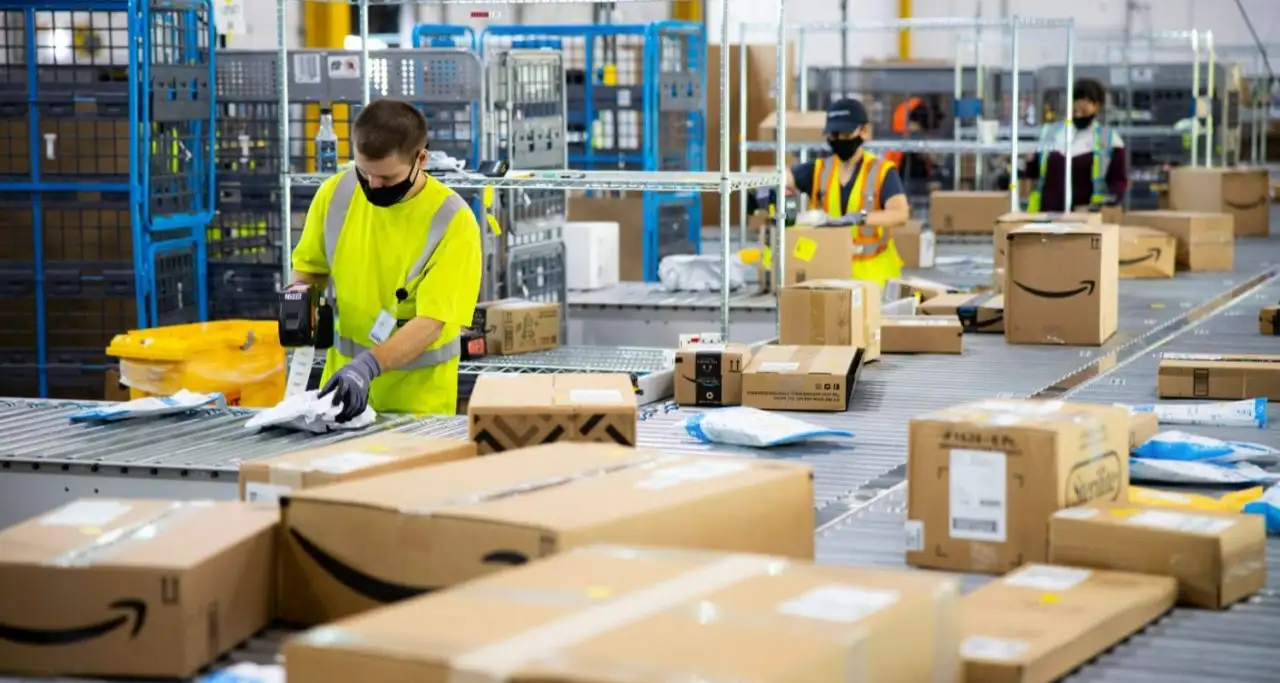When asked for the 3 largest advertising platforms, most digital marketers will correctly guess the first two (Google and Meta). The third one might be trickier, with TikTok, LinkedIn and Twitter amongst the common guesses. In fact, data reveals Amazon DSP is now the third-largest advertising platform.
In the USA, Amazon’s Demand Side Platform (Amazon DSP) represented 11.6% of overall net digital ad revenues in 2021, with a 55.5% rise on the previous year. The platform is expected to grow a further 30% this year.
Amazon DSP has shot up very quickly at the top of the rankings, and is now the third largest advertising platform, behind Google and Meta.
What’s a DSP?
A DSP, or demand-side platform, is software that allows advertisers to programmatically buy ad inventory from publishers’ sites, and manage multiple Ad Exchanges through a single interface. Basically, advertisers can bid on and optimise ads in one place. On the other side are supply-side platforms (SSP) where publishers sell their ad inventory in an automated fashion.
A commonly used DSP is Google’s Display & Video 360 (DV360).
What makes Amazon DSP different?
Amazon DSP benefits from its access to the wealth of audience data on the Amazon platform, and other websites that are part of the Amazon group, such as IMDb and Prime Video. For example, someone looking to buy a laptop on Amazon, could see an ad for a laptop within the Amazon platform served by the Amazon DSP. The user could then be directed to the advertiser’s landing page off-Amazon to complete the purchase.
The other way in which Amazon DSP is particularly strong is that advertisers gain access to Amazon’s first-party insights on consumer behaviour. For example, retailers could target users that have seen certain product categories on the Amazon website but didn’t convert, and serve them banner ads off-Amazon via their ad platform.
What should you know about Amazon DSP?
Amazon DSP’s reporting analysis includes key metrics such as add-to-cart rate, total purchases, and product units sold for brands that sell in Amazon’s store, as well as pixel conversion rate, and video completion rate for brands that do not sell on Amazon.
Ads come in all the usual variations, such as display ads with e-commerce creative, image ads, video ads, video creative builder ad units, and third-party served ads.
Advertisers have the choice between a self-service or managed-service model, but both options have relatively high minimum spend.
About the Author
Jérôme is the International Director at AccuraCast. A multilingual digital marketing specialist, with a very strong background in data and finance, Jérôme has previously worked at Euromoney and Geosys, where he did number-crunching for NASA.











